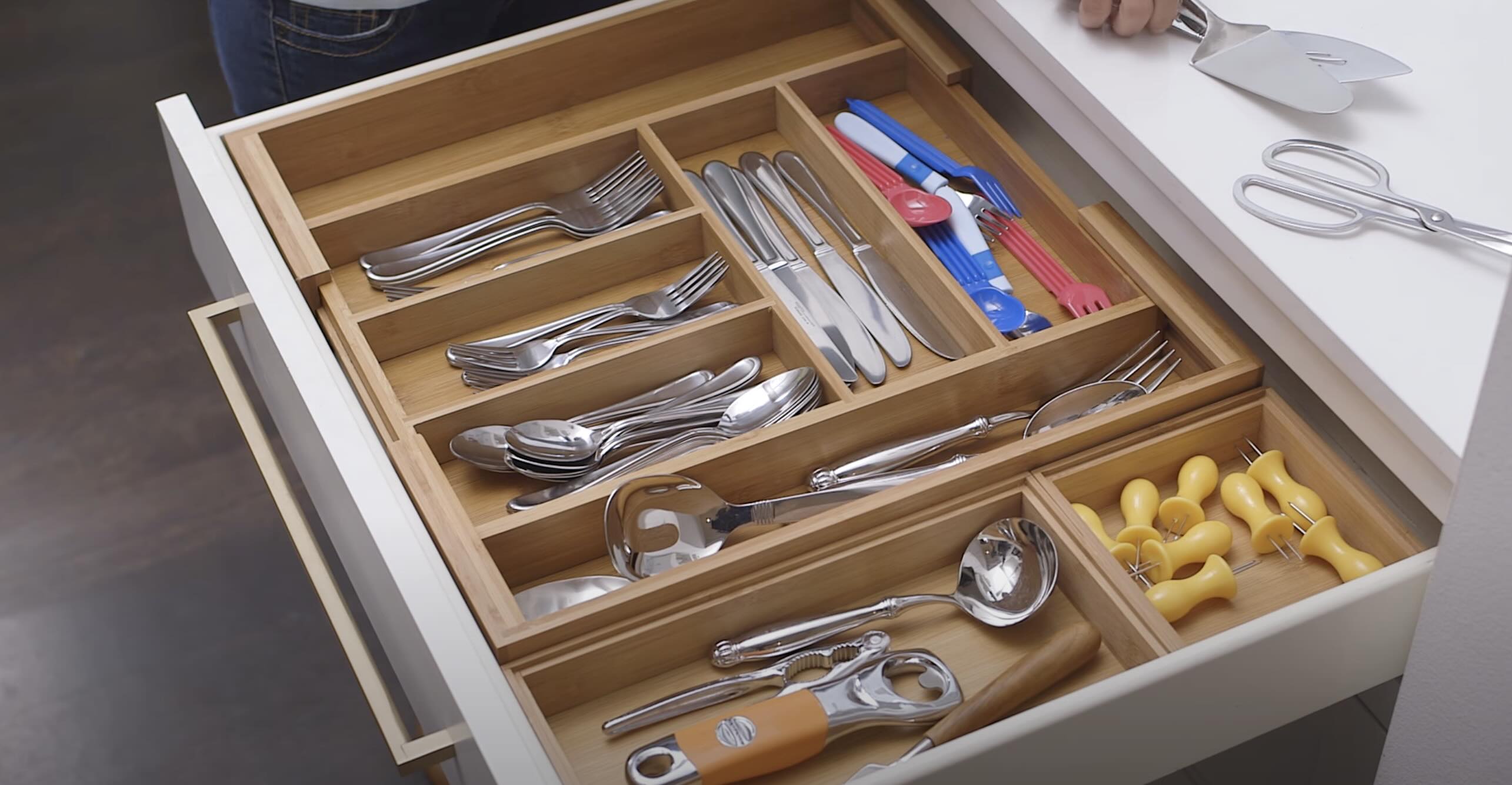

Tableware
How To Organize Silverware
Modified: January 6, 2024
Looking for tips on how to organize your tableware? Check out our guide on how to effectively arrange and store your silverware for easy access and a clutter-free kitchen.
(Many of the links in this article redirect to a specific reviewed product. Your purchase of these products through affiliate links helps to generate commission for Storables.com, at no extra cost. Learn more)
Introduction
Welcome to the world of tableware organization! Whether you’re a seasoned entertainer or just looking to streamline your daily mealtime routine, having a well-organized silverware collection can make a significant difference. No more searching for that elusive spoon or digging through a messy drawer to find a matching set of forks – with a few simple steps, you can create an efficient and visually pleasing storage solution for your silverware.
In this article, we will explore the art of organizing silverware, offering tips and tricks to help you maximize space, reduce clutter, and maintain a beautiful presentation for your table settings. From sorting and selecting the right storage solution to maintaining order, we’ve got you covered. So, let’s dive in and transform your silverware drawer into a tidy and functional space!
Key Takeaways:
- Transform your silverware drawer into an efficient and visually pleasing space by sorting, choosing the right storage solution, and maintaining organization. Enjoy the benefits of a clutter-free and functional kitchen or dining area!
- Incorporate habits like returning items to their designated spots and regularly cleaning your silverware to effortlessly maintain an organized and visually appealing storage solution. Consistency is key to enjoying a clutter-free and efficient silverware collection for years to come!
Read more: How To Care For Silverware
Step 1: Sorting your silverware
The first step in organizing your silverware is to sort it into categories. Start by emptying your silverware drawer or cabinet and lay out all your utensils on a clean and flat surface. Begin by grouping similar items together, such as forks, spoons, knives, and serving utensils.
Next, take a closer look at each category and further divide them based on their size or specific function. For example, within the spoon category, you can separate teaspoons, tablespoons, and soup spoons. This subdivision will not only help you find what you need more quickly but also make it easier to select the appropriate utensil for each task.
While sorting, take the opportunity to spot any damaged, worn-out, or mismatched silverware. Consider donating or discarding these items to declutter your collection and make room for more functional pieces. By keeping only the silverware that you actually use and enjoy, you’ll be able to maintain an organized and efficient storage system.
Once you have sorted your silverware, consider designating specific areas or compartments for each category. This will make it easier to identify and access the utensils you need when setting the table or preparing meals.
Remember, sorting your silverware is the foundation of an organized storage system. By taking the time to categorize your utensils, you lay the groundwork for an efficient and visually pleasing arrangement.
Step 2: Choosing the right storage solution
Now that you have sorted your silverware, it’s time to find the perfect storage solution that suits your needs and space. There are several options available, so let’s explore them:
- Silverware tray or drawer organizer: This classic option is a popular choice for organizing silverware. It typically consists of a tray with separate compartments for each type of utensil. Look for a tray that fits the dimensions of your drawer and has adjustable dividers so you can customize the space according to your silverware collection. This option keeps your utensils neatly separated and easily accessible.
- Utensil caddy: If you prefer a portable storage solution, consider using a utensil caddy. Caddies are often made of materials like stainless steel, ceramic, or plastic and come with separate compartments or sections to hold different utensils. They are not only practical but can also be a stylish addition to your table setting during meals or gatherings.
- Decorative holders: For those who want to showcase their silverware while keeping it organized, decorative holders are an excellent choice. These can be in the form of a utensil crock, a ceramic jar, or even a vintage container. Displaying your silverware in a decorative holder adds a touch of style to your kitchen or dining area.
When choosing a storage solution, keep in mind the size of your silverware collection, the available space in your kitchen or dining area, and your personal style preferences. It’s important to select a solution that not only provides functional organization but also complements the overall aesthetic of your home.
Remember, the right storage solution can make a big difference in keeping your silverware organized and easily accessible. So take your time, explore the options, and choose one that works best for you.
Step 3: De-cluttering your silverware drawer
Before you start organizing your silverware, it’s essential to declutter your drawer and create a clean slate. Here are some steps to help you declutter effectively:
- Empty the drawer: Remove all the contents of your silverware drawer and place them on a clean surface. This allows you to assess the items and create a clutter-free space to work with.
- Purge unused or duplicate items: Take a close look at your silverware collection and identify any items that are damaged, no longer used, or duplicates. These items just take up unnecessary space and make it harder to locate the utensils you actually need. Consider donating or discarding them to streamline your collection.
- Clean and organize: Take the opportunity to clean the empty drawer thoroughly. Wipe away any dust or crumbs. Then, consider using drawer liners or non-slip mats to protect your silverware and keep it in place. These liners also make it easier to clean the drawer in the future.
- Review storage solutions: If you’re not satisfied with your current storage solution, now is the time to reassess and make any necessary changes. Consider the size and layout of your drawer and choose a storage solution that maximizes space and fits your needs. Refer back to the previous step for guidance.
By decluttering your silverware drawer and starting with a clean and organized space, you create a foundation for efficient organization and easier maintenance. So invest some time in decluttering, and you’ll be rewarded with a well-organized silverware drawer.
Step 4: Organizing silverware in a drawer divider
A drawer divider is a fantastic tool for keeping your silverware neatly organized and easily accessible. Follow these steps to effectively organize your silverware using a drawer divider:
- Select the right drawer divider: Measure the dimensions of your silverware drawer and choose a divider that fits perfectly. Look for one with adjustable compartments so you can customize the space according to your utensil collection.
- Arrange the compartments: Start by placing the larger utensils, such as serving spoons and knives, in the back of the drawer. Then, arrange the smaller utensils, like teaspoons and salad forks, towards the front. This arrangement makes it easier to access the utensils you use most frequently without shifting everything around.
- Separate different utensils: Use the compartments of the drawer divider to separate different types of utensils. Keep forks in one section, spoons in another, and knives in a separate section. You can further divide them based on size or function, such as separating teaspoons from tablespoons.
- Consider additional compartments: If you have specialty utensils or specific tools, consider adding extra compartments within the drawer divider for these items. This ensures they have their designated space and don’t get mixed up with the everyday silverware.
- Maintain organization: It’s important to maintain the organization of your silverware drawer over time. Regularly check for misplaced items or items that need cleaning. Return any utensils that may have found their way into the wrong section. This simple habit will help keep your silverware drawer well-organized and functional.
A drawer divider is a practical and efficient solution for organizing and maximizing space in your silverware drawer. By following these steps, you can create a system that makes it easy to find the utensils you need while maintaining a tidy and clutter-free drawer.
Use a drawer organizer to separate and categorize your silverware. This will make it easier to find what you need and keep everything neat and tidy.
Read more: How To Store Silverware
Step 5: Organizing silverware in a caddy
If you prefer a portable and versatile storage solution, organizing your silverware in a caddy is an excellent option. Follow these steps to effectively organize your silverware using a caddy:
- Select the right caddy: Choose a caddy that suits your style and complements your kitchen or dining area. You can find caddies made of stainless steel, ceramic, plastic, or other materials. Consider the size and number of compartments based on your silverware collection.
- Categorize utensils: Start by grouping your silverware into categories, such as forks, spoons, knives, and serving utensils. Place each category in a separate compartment of the caddy. This will make it easier to locate the utensils you need when setting the table or preparing meals.
- Consider extra compartments: Some caddies come with additional compartments or sections. Take advantage of these sections to store other kitchen tools or gadgets that you frequently use alongside your silverware. This will keep everything conveniently organized in one place.
- Create designated spots: Assign each type of utensil to a specific spot in the caddy. For example, place teaspoons in one section, tablespoons in another, and so on. This will help you quickly locate the specific utensil you need without searching through multiple compartments.
- Maintain organization: Regularly check your caddy to ensure all utensils are in their designated spots. Return any misplaced items to their proper compartments. This habit will help you maintain an organized caddy and make it easier to access your silverware when you need it.
An organized silverware caddy not only provides easy access to your utensils but also serves as a stylish and functional centerpiece for your table setting. With a well-organized caddy, you can effortlessly transport your silverware from the kitchen to the dining area or even use it for outdoor dining occasions.
So, invest in a quality silverware caddy and follow these steps to keep your utensils organized in a portable and convenient way.
Step 6: Displaying silverware in a decorative holder
If you want to add a touch of elegance and style to your kitchen or dining area, consider displaying your silverware in a decorative holder. Follow these steps to effectively showcase your silverware:
- Select a decorative holder: Choose a holder that matches your personal style and the overall decor of your space. Options include utensil crocks, ceramic jars, vintage containers, or even unique DIY creations. Consider the size and design of the holder to ensure it can accommodate your silverware collection.
- Arrange the silverware: Group your silverware by type or function. Place forks, spoons, and knives in separate sections of the holder. You can further organize them by size or style if desired. Consider placing the most frequently used utensils at the front to make retrieval easier.
- Consider additional compartments: Some decorative holders come with built-in compartments or sections. Take advantage of these sections to store other kitchen essentials such as a whisk or a spatula. This allows you to keep all your frequently used tools conveniently in one place.
- Keep it visually appealing: Arrange the silverware in a way that looks visually pleasing. You can create a symmetrical display or mix and match different utensils for a more eclectic look. Experiment with different arrangements until you find the one that suits your aesthetic preferences.
- Regularly clean and maintain: With your silverware on display, it’s important to regularly clean both the holder and the utensils. Dust the holder periodically and give your silverware a quick wipe-down to keep it looking pristine. This maintenance routine ensures that your display remains visually appealing and functional.
Displaying your silverware in a decorative holder not only adds a decorative element to your kitchen or dining area but also serves as a practical storage solution. It allows you to showcase your utensils while keeping them organized and easily accessible.
So, choose a decorative holder that speaks to your style and follow these steps to create a visually appealing display for your silverware.
Step 7: Maintaining silverware organization
Once you’ve gone through the process of organizing your silverware, it’s important to establish habits that will help you maintain the organization in the long run. Follow these steps to keep your silverware organized and easily accessible:
- Return items to their designated spots: After using a utensil, make it a habit to immediately return it to its designated compartment or section. This simple act will prevent clutter from building up and ensure that your silverware remains organized.
- Regularly clean your silverware: Clean your silverware regularly to maintain its appearance and functionality. Depending on the material, washing it by hand or using a dishwasher may be appropriate. Ensure that your silverware is completely dry before putting it back into the storage solution to prevent tarnishing or damage.
- Inspect for misplaced items: Periodically check your silverware storage solution for any items that may have been mistakenly placed in the wrong compartment. Return them to their proper spots to maintain the organization and prevent confusion when you need to locate specific utensils.
- Reassess storage needs periodically: As your silverware collection evolves or your storage needs change, take the time to reassess your storage solution. Consider whether it’s still the best option for your current needs or if adjustments need to be made. Flexibility and adaptability are key to maintaining an organized silverware storage system.
- Create a routine: Establishing a routine can help you stay on top of silverware organization. For example, set a specific day each week to clean and rearrange your silverware or make it part of your mealtime routine to ensure that utensils are returned to their proper places immediately after use.
By incorporating these habits into your daily routine, you’ll find that maintaining silverware organization becomes effortless. Keeping your silverware organized not only saves you time when searching for utensils but also adds a sense of order and aesthetics to your kitchen or dining area.
So, make it a priority to consistently maintain the organization of your silverware to enjoy a clutter-free and efficient storage solution.
Conclusion
Congratulations! You have successfully learned how to organize your silverware and create a functional and visually appealing storage solution. By following the steps outlined in this article, you have transformed your silverware drawer or cabinet into a space that is efficient, clutter-free, and easy to navigate.
From sorting and choosing the right storage solution to decluttering and maintaining organization, you now have the knowledge and tools to keep your silverware in order. Remember to regularly clean your silverware and storage solution to maintain their appearance and functionality.
Whether you opt for a drawer divider, a caddy, or a decorative holder, the important thing is to select a solution that suits your needs and complements your personal style. By organizing your silverware, you not only enhance your daily mealtime routines but also create a visually pleasing environment in your kitchen or dining area.
By incorporating the habits of returning utensils to their designated spots and periodically reassessing your storage needs, you will be able to maintain an organized silverware collection in the long run.
Remember, the key to maintaining organization is consistency. By making silverware organization a part of your routine, you can effortlessly enjoy a clutter-free and efficient storage solution for years to come.
So, put your newfound knowledge into practice and enjoy the benefits of an organized silverware collection. Bon appétit!
Frequently Asked Questions about How To Organize Silverware
Was this page helpful?
At Storables.com, we guarantee accurate and reliable information. Our content, validated by Expert Board Contributors, is crafted following stringent Editorial Policies. We're committed to providing you with well-researched, expert-backed insights for all your informational needs.
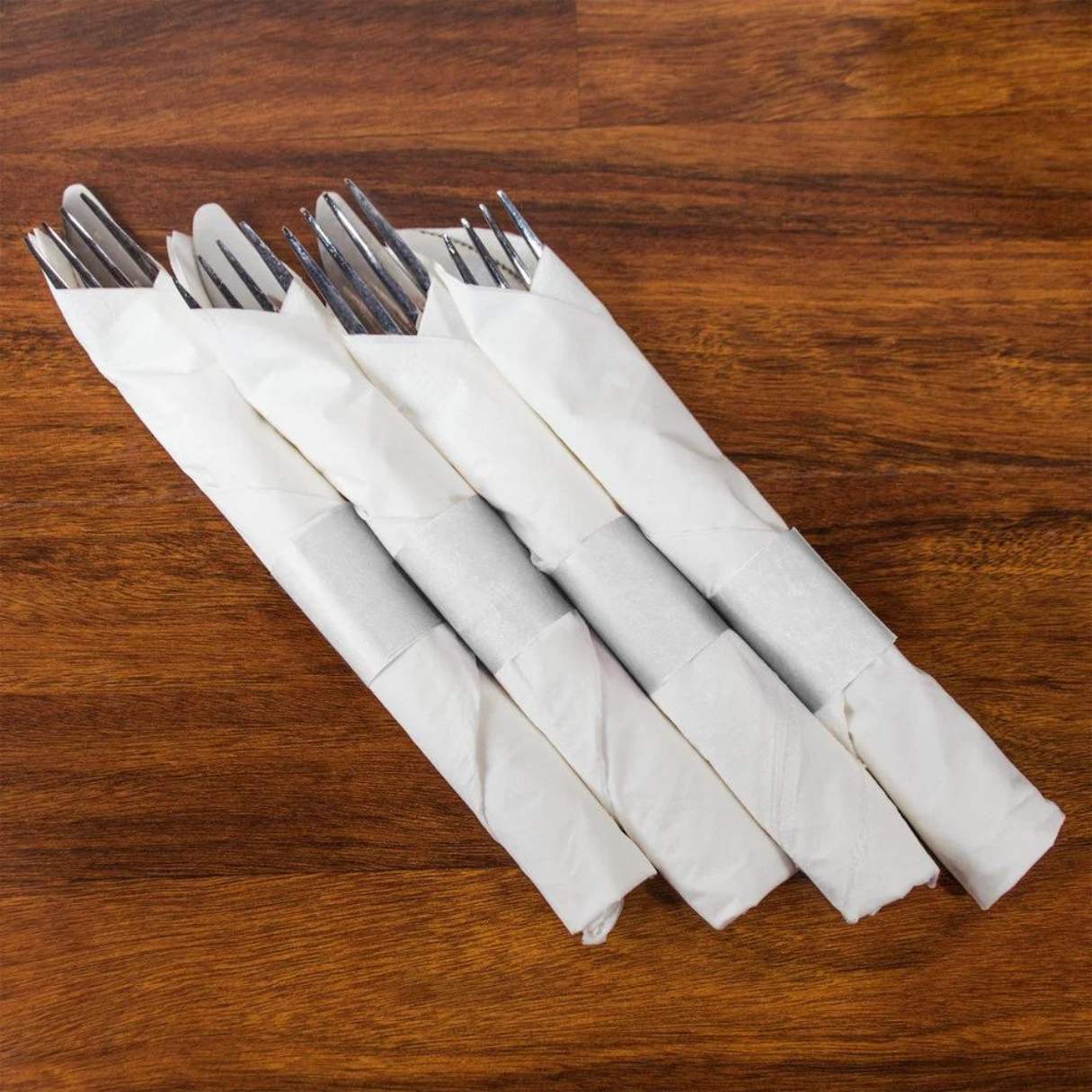
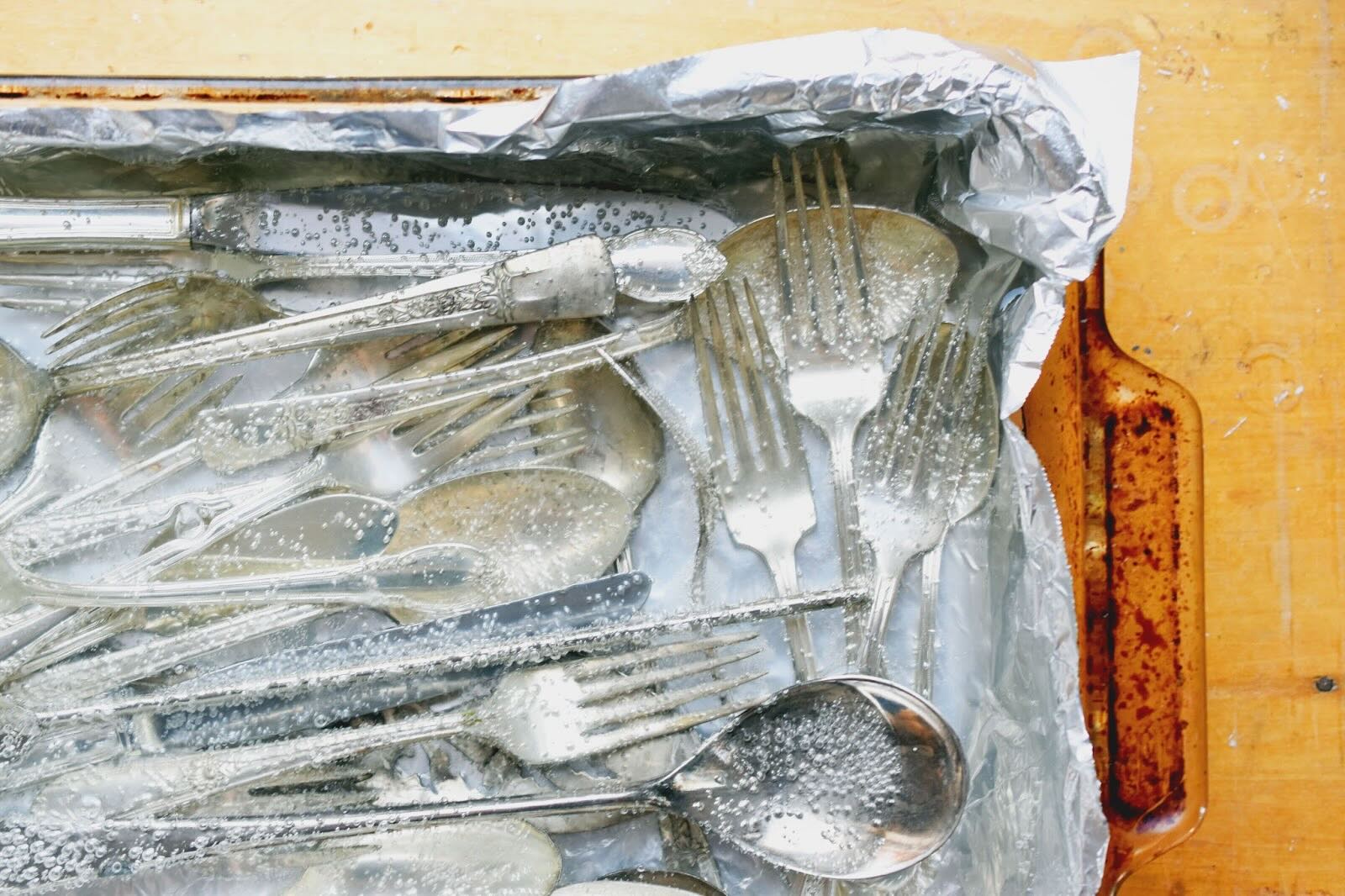
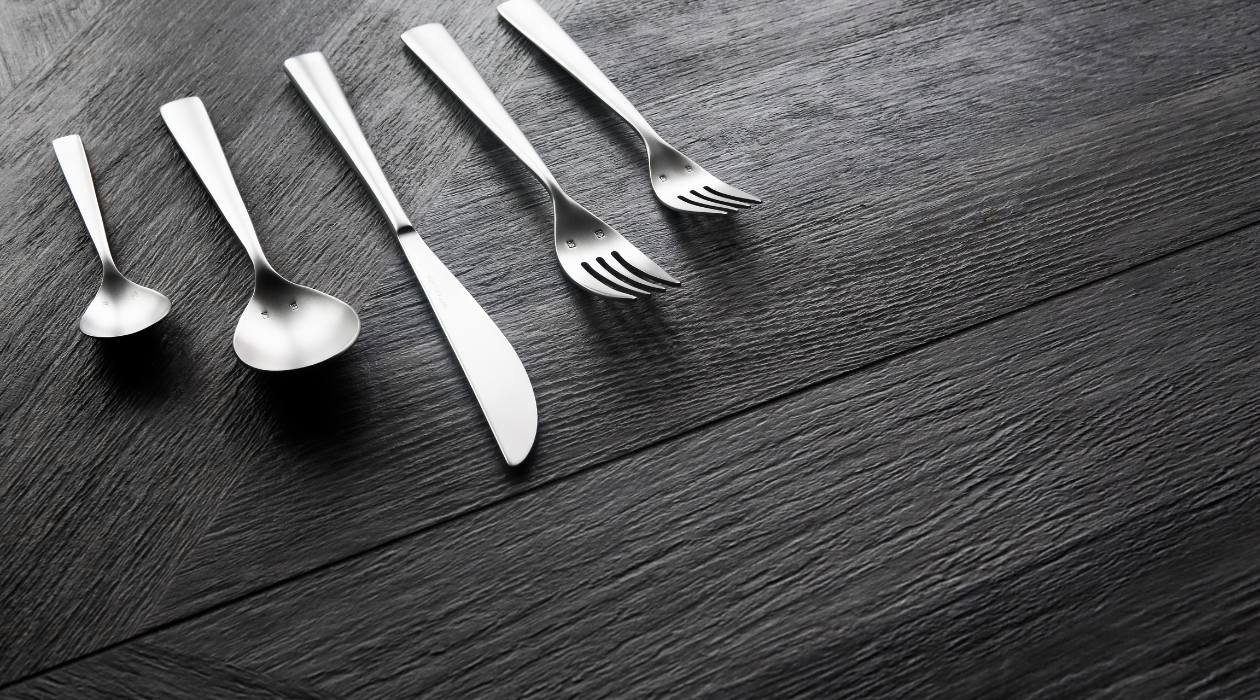
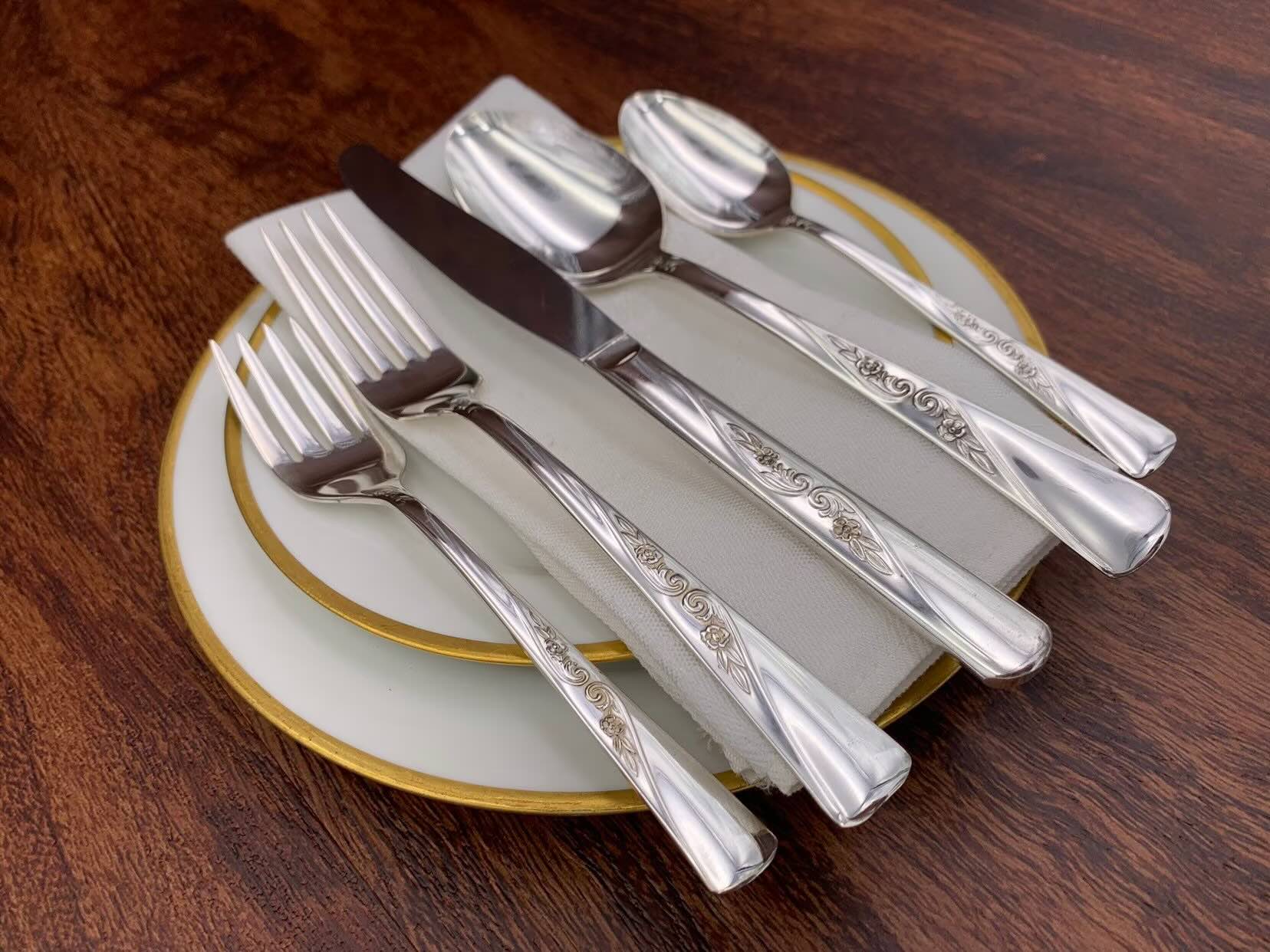
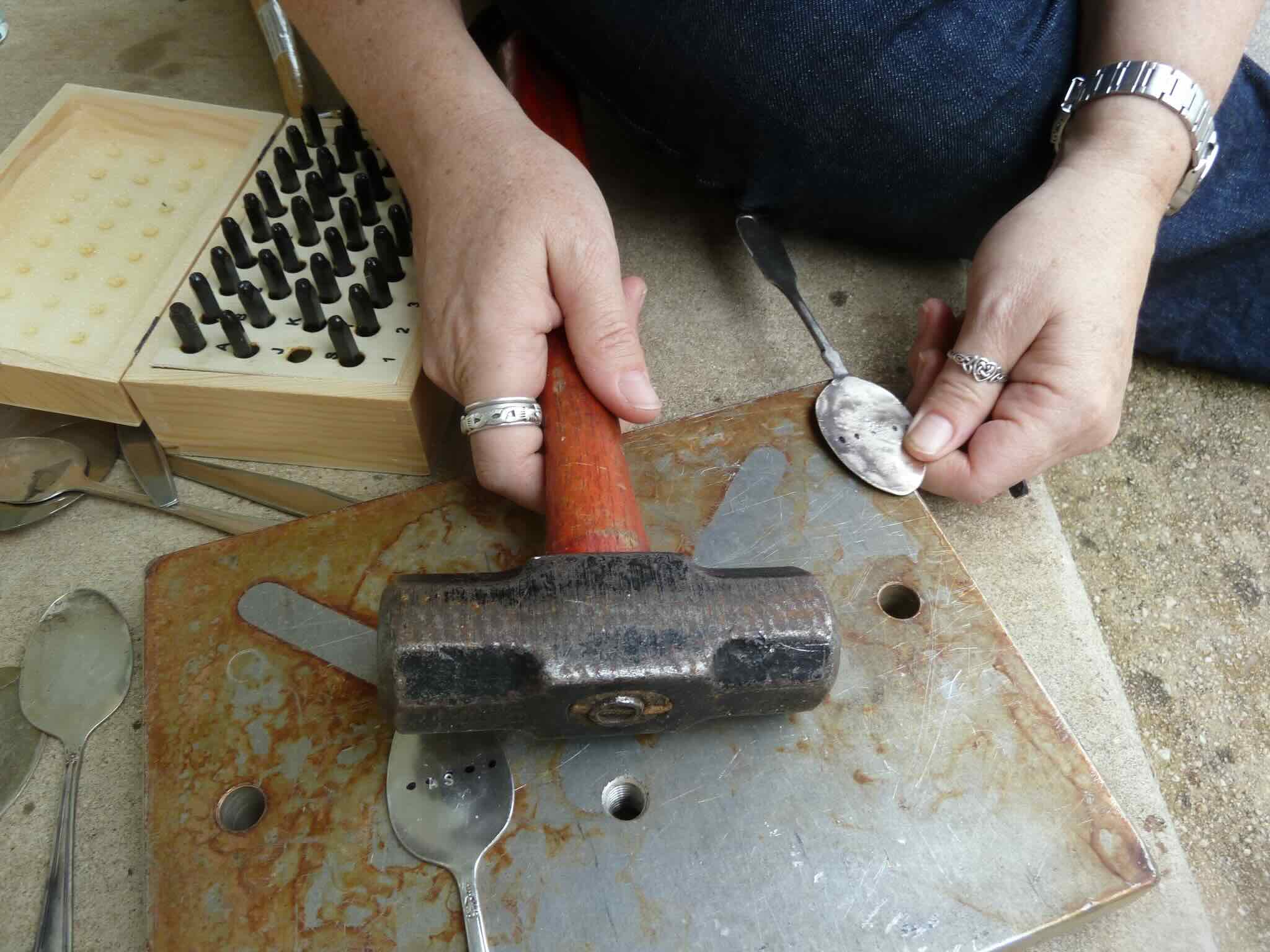
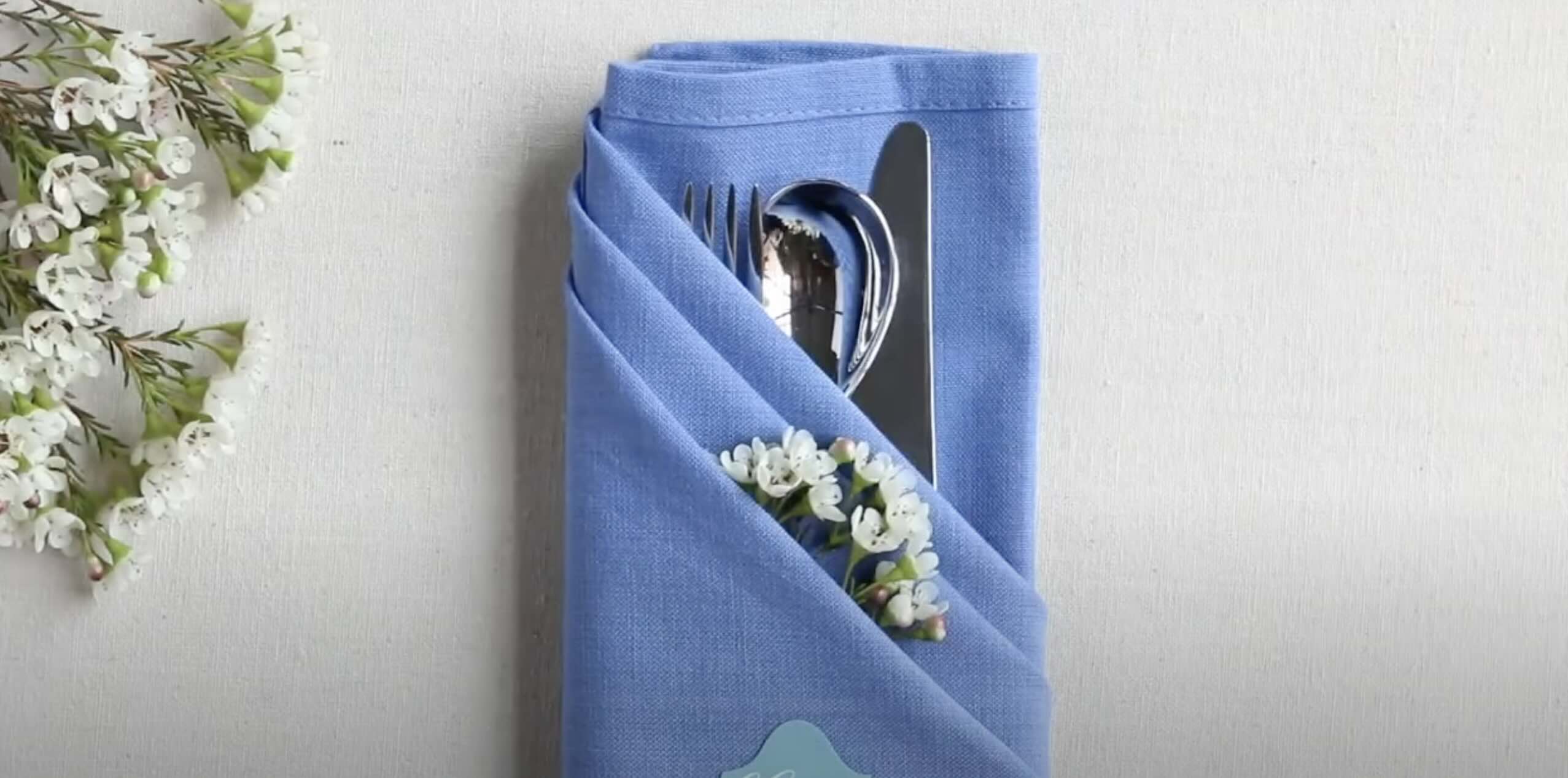
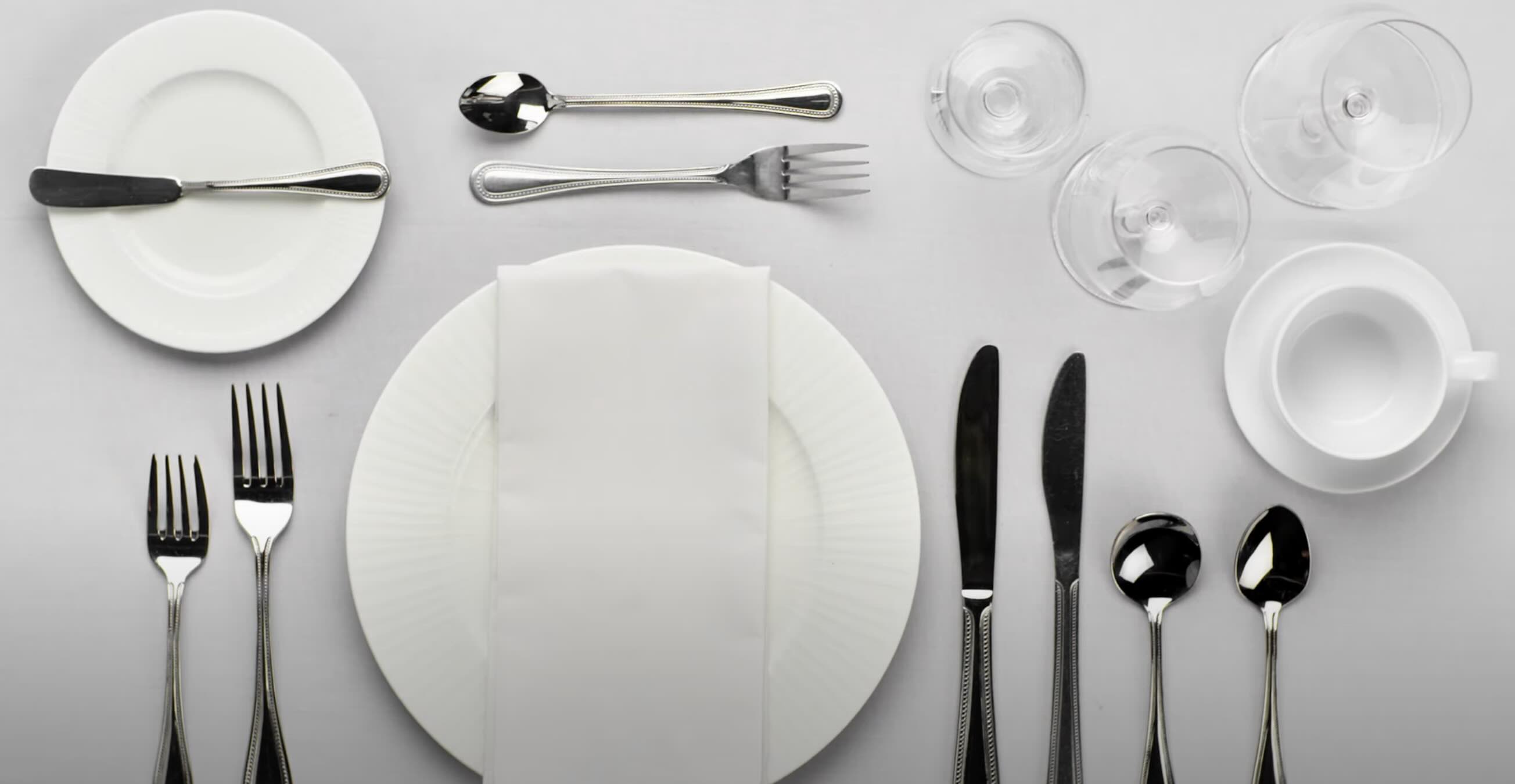
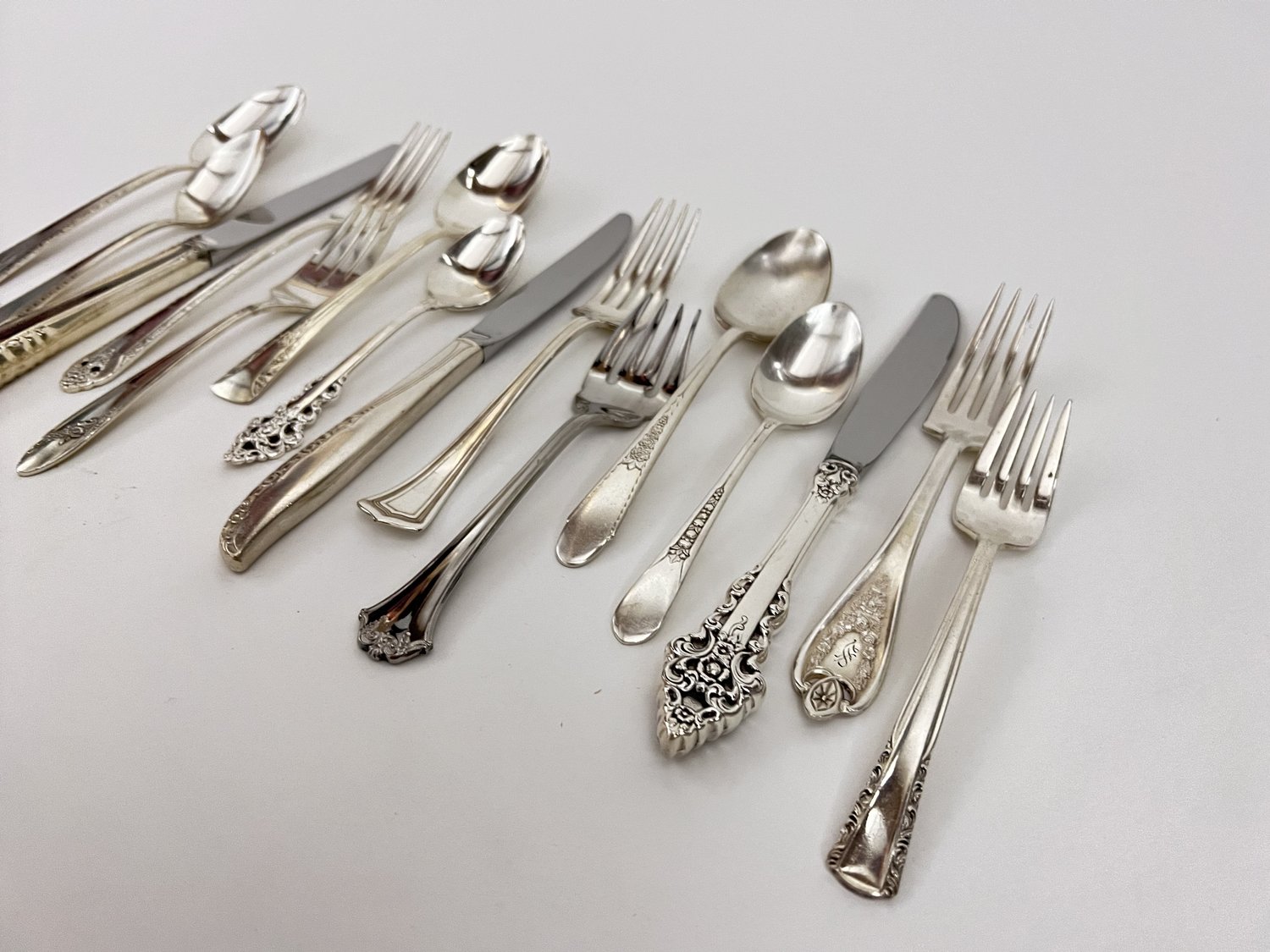
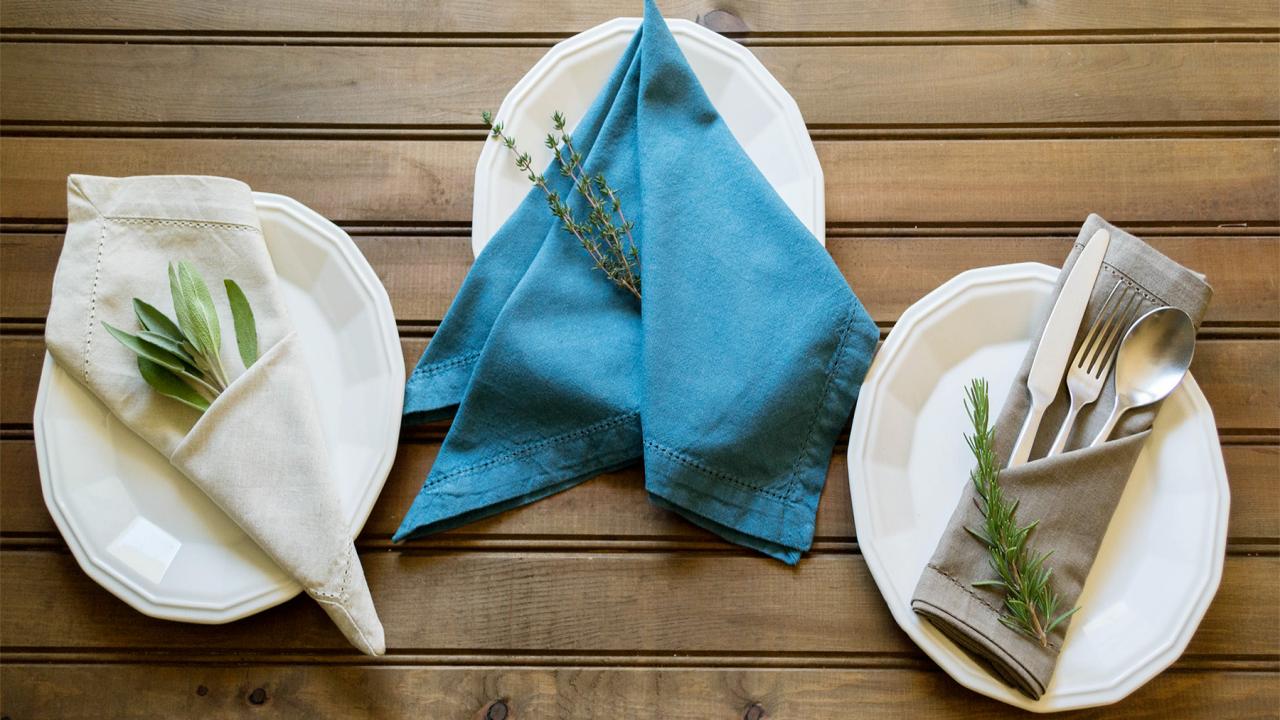
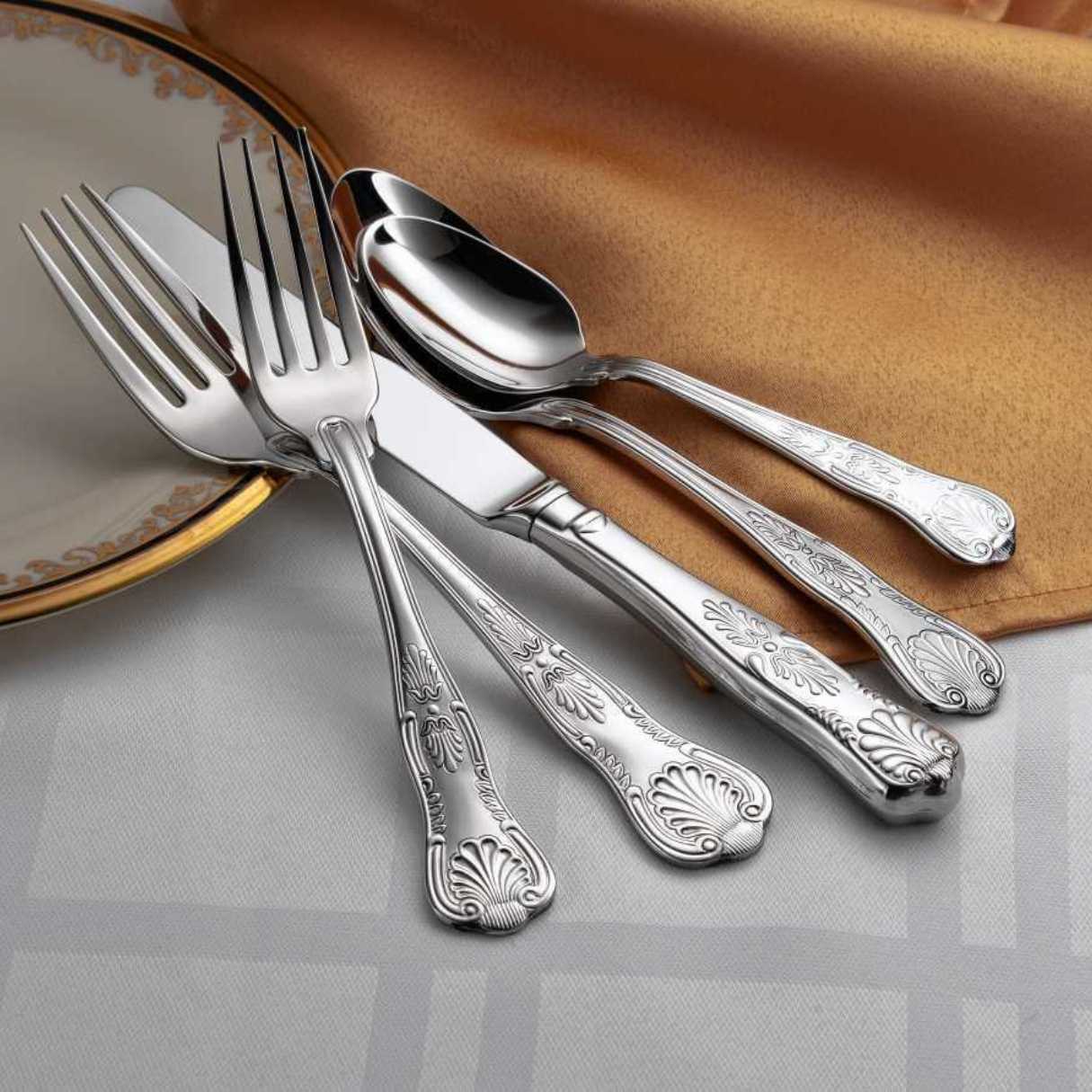
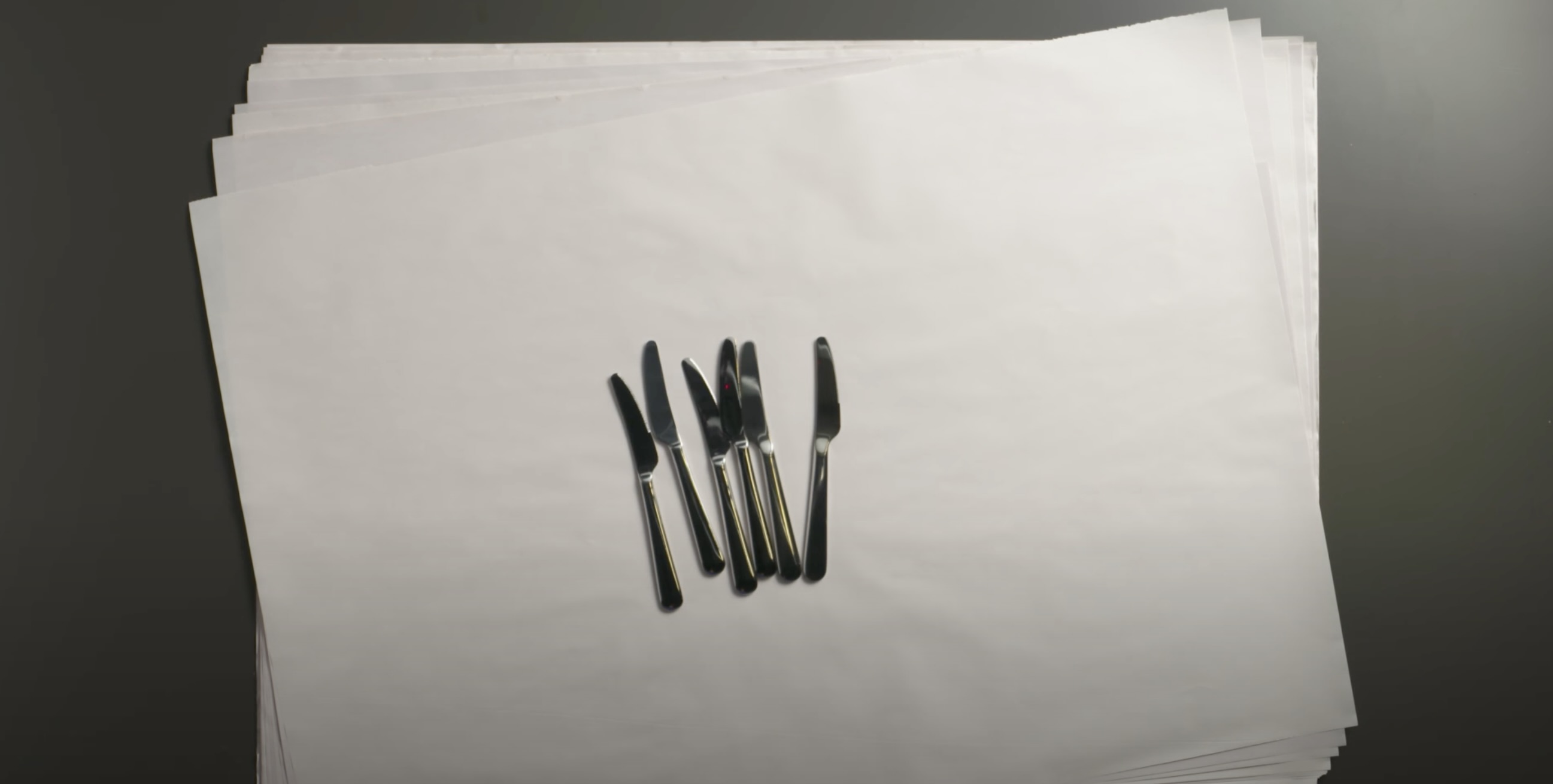
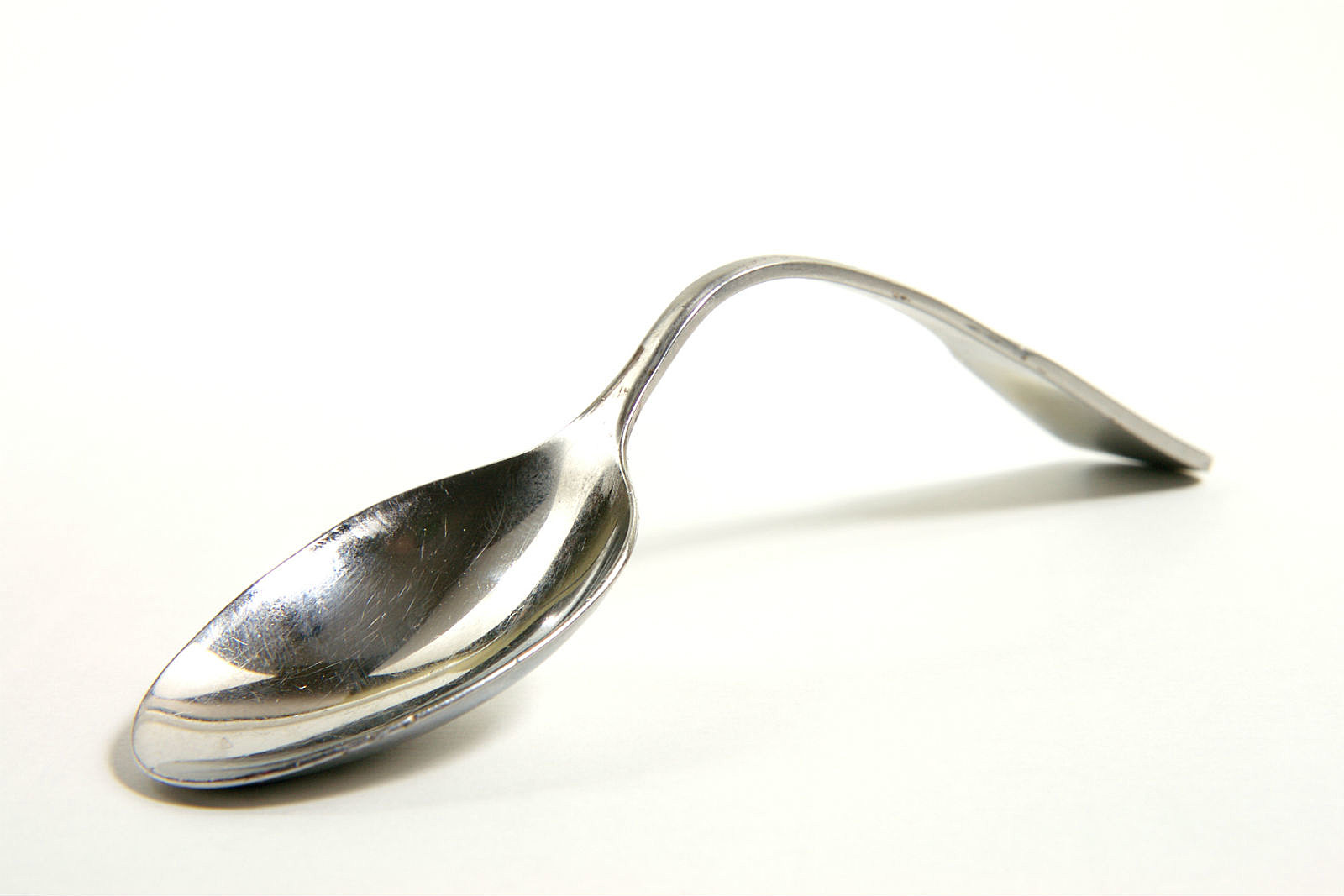
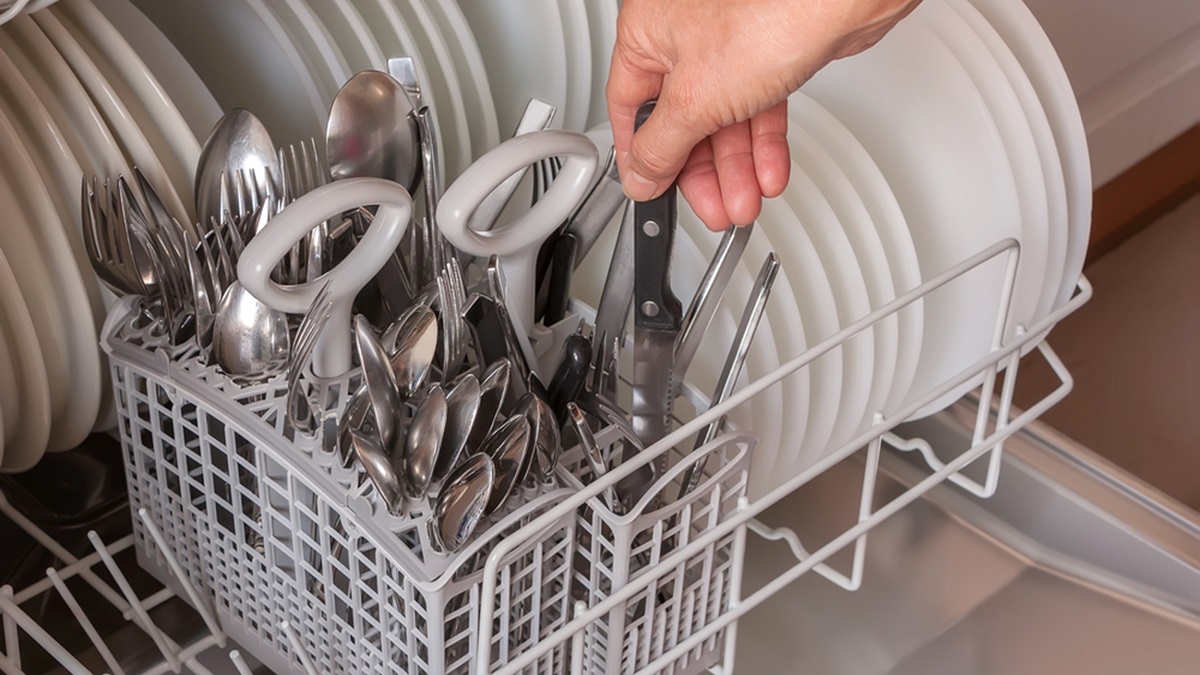
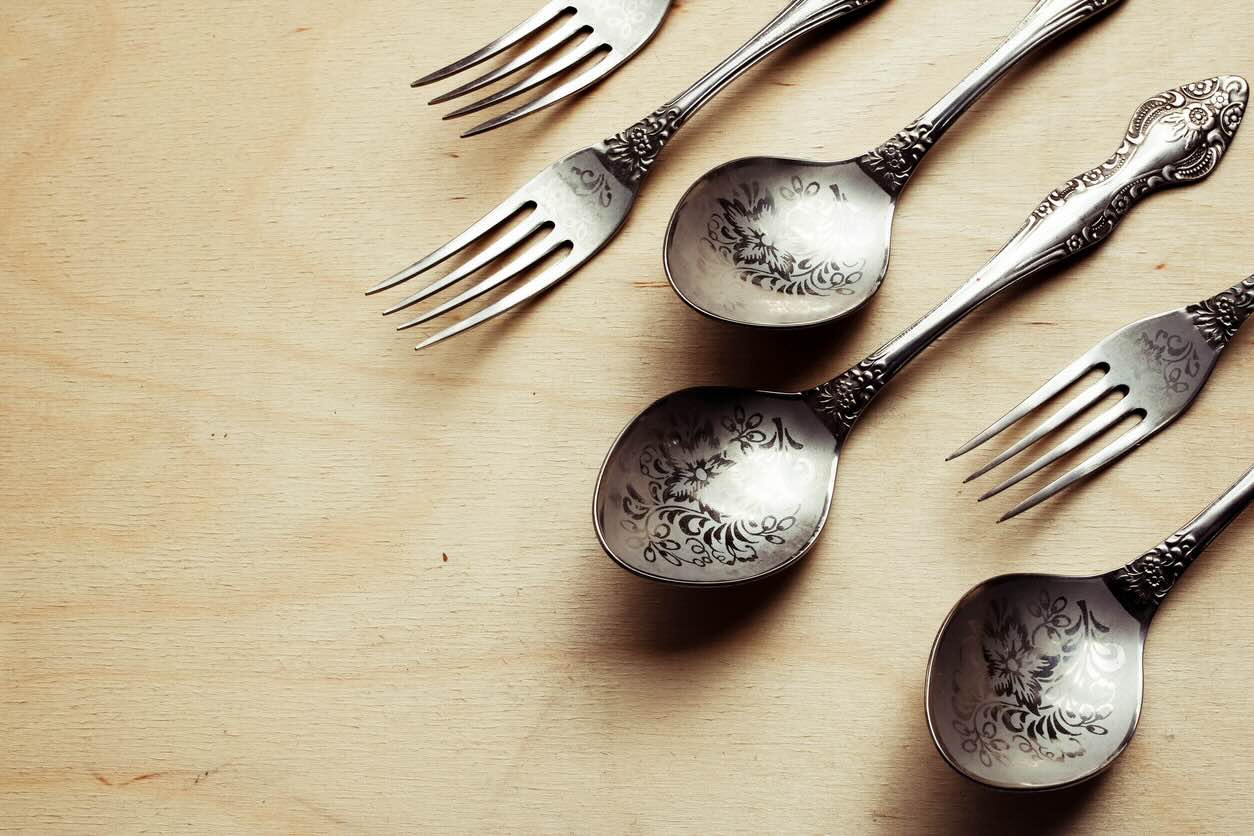

0 thoughts on “How To Organize Silverware”